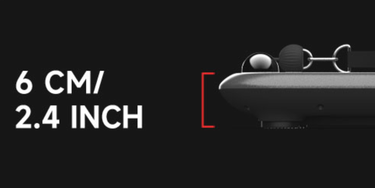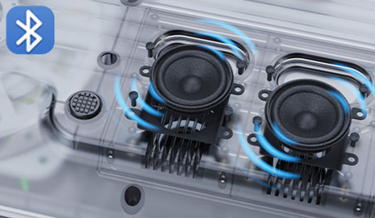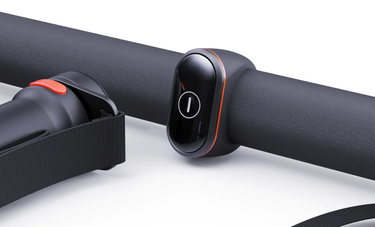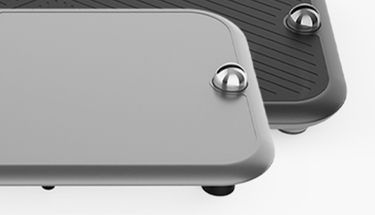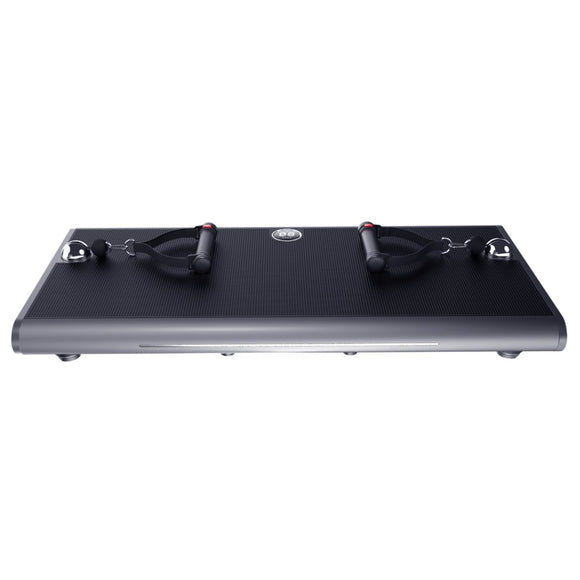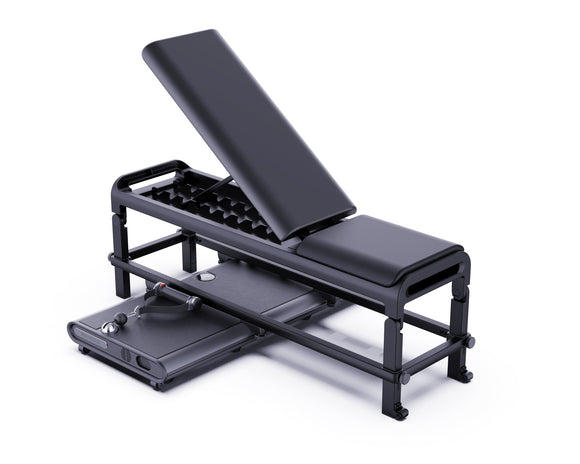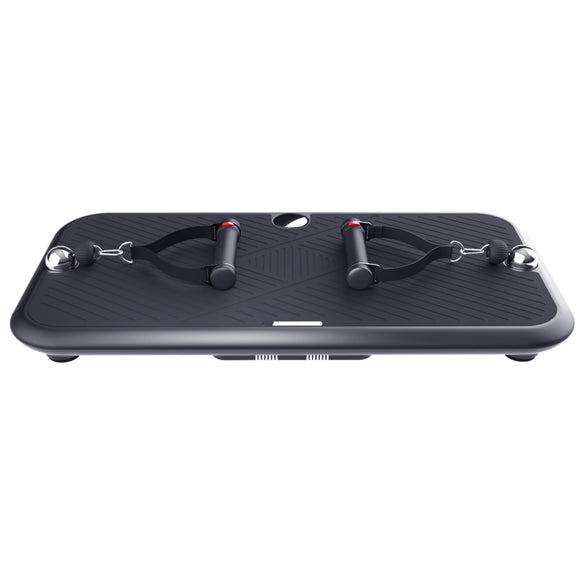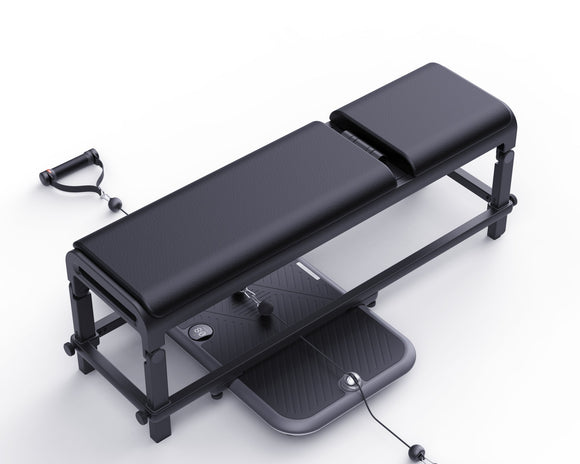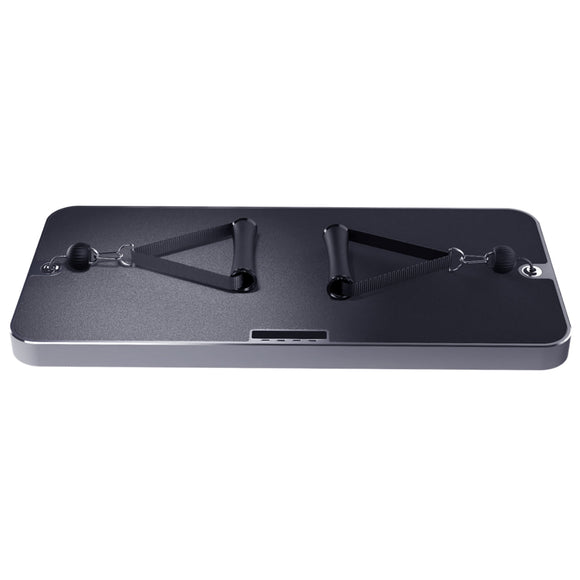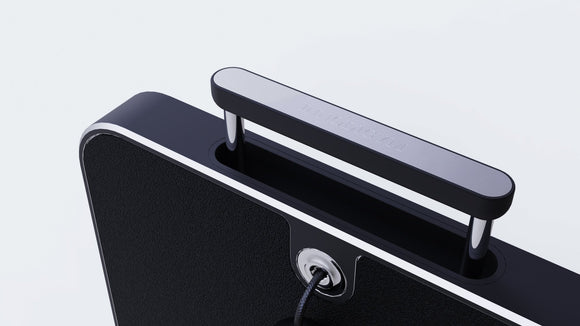The Local Gym’s Spotting Rules: Which One Is Incorrect?
Use this text to share information about your store with your customers. Describe a product, share announcements, or welcome customers to your store.
Spotting is an essential aspect of weightlifting and strength training at the gym. It ensures safety, improves performance, and builds trust between workout partners. Most gyms have specific guidelines for spotting, but understanding these rules and identifying which one of the rules is incorrect can prevent accidents and misunderstandings.
Common Spotting Rules
- Communicate Before Lifting: Spotters and lifters should discuss the number of reps, technique, and signals before starting. Clear communication prevents confusion during critical moments.
- Stay Focused: A spotter’s full attention should be on the lifter. Avoid distractions like using your phone or talking to others.
- Use Proper Form: Spotters must know how to assist safely, using correct posture and hand placement to provide support without risking their own safety.
- Don’t Assist Too Early: Allow the lifter to push themselves unless they signal for help or appear to struggle significantly.
Identifying Incorrect Spotting Practices
A common misconception is that spotters should take over the lift completely when the lifter struggles. This rule is incorrect because the spotter’s role is to assist—not perform the lift for the person. Over-intervention can hinder the lifter’s progress and reduce confidence.
Final Thoughts
Spotting at the gym requires skill, attention, and communication. By understanding and following proper guidelines, you can ensure a safe and effective workout environment for everyone. Always question gym rules that seem counterproductive and strive for practices that prioritize safety and growth.

